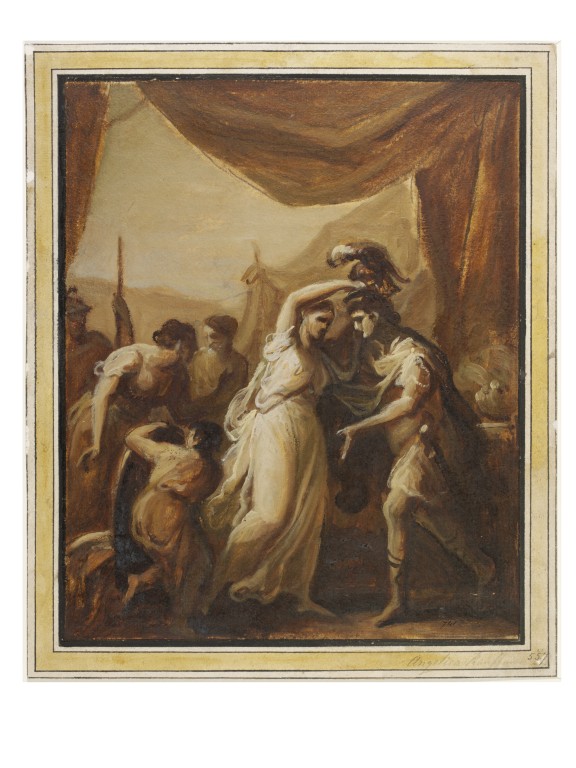The roles women had in the middle ages were to take care of
their family and husband. Women were taught to be obedient to their husband and
would be punished if she disobeyed. Their marriages were often arranged by
parents; they had to marry at a young age or become a nun. The roles women had
also depended on her social status. Women that were in the working class earned
less than men, while women that were wealthy dedicated themselves to raise the
children, and care for the household. Not only were women not allowed to do as
they want, they were also deprived of education, as people believed it would
interfere with a women’s ability to be a good housewife. However, nuns could be
educated on medicine, science, and music. As nuns could, “They operated
businesses, farmed, made tapestries, copied and illustrated manuscripts,
composed and performed music” (Guerrilla Girls 22). However, “Churchmen who
wrote about female mythic tended to emphasize their inspiration and minimize their
education” (Chadwick 61) creating a limit of education and rank.
Even through the renaissance, women had a difficult time
being known as an artist. As male artists such as: Leonardo, Raphael, Michelangelo;
had made it more difficult for women to be known as artists, and had created a
male-dominant era. Usually artists would first be an apprentice then join a
guild or union and then open a workshop of their own. But this system was
closed to women. Women could not receive a commission, nor could they legally
own a workshop. Instead, few women had to be born into a family of artists.
During this time, men continued to think of women as “destructive”, “Was
convinced that women were destructive to the creative process” (Guerrilla Girls
31), as they thought educated women were dangerous.
Within the 17th and 18th century women
were continued to struggle. But at this point women’s art work increased. For example,
painter Angelica Kauffmann, did not paint domestic subjects, instead she did
historical art. She was brought to London by a wealthy Englishwomen and sold
enough artworks to buy a house. After being financially stable, she was free to
do more historical paintings. Soon she became part of a social group filled
with famous artists and writers. Eventually she was accepted as a member of the
Accademia di San Luca. Angelica did not let society tell her what she could and
could not paint.
During the 19th century, women begun to have a
stronger affect in art history. Many famous female artists such as, Rosa
Bonheur, Edmonia Lewis, etc.; had left great impacts while facing difficulties.
New tools were used in art, for example, needle work, photography, weaving,
etc. Edmonia Lewis, an African-American and Chippewa, faced hardships of being
accused of poisoning her roommates and was carried by a mob to be beaten until
she was unconscious. She was traumatized and was not allowed to register for
her final term classes, therefore, became a sculptor to redeem her reputation. She
sent her sculptures to people who had not agreed to buy them and “American
tourists flocked to her studio to watch a black woman create art” (Guerrilla
Girls 51). But eventually neoclassicism went out of style and information was
lost afterwards. Edmonia became an example of a woman trying her best to redeem
herself and not to let society hold her down.
Work cited:
“Women in the Middle Ages.” Women in the
Middle Ages - World History Online, www.heeve.com/middle-ages-history/women-in-the-middle-ages.html.
Bovey, Alixe. “Women in Medieval Society.” The British
Library, The British Library, 17 Jan. 2014, www.bl.uk/the-middle-ages/articles/women-in-medieval-society.
The Guerrilla Girls' Bedside
Companion to the History of Western Art. Penguin Books, 1998.
Chadwick, Whitney. Women,
Art, and Society. Thames & Hudson, 2007.


No comments:
Post a Comment
Note: Only a member of this blog may post a comment.